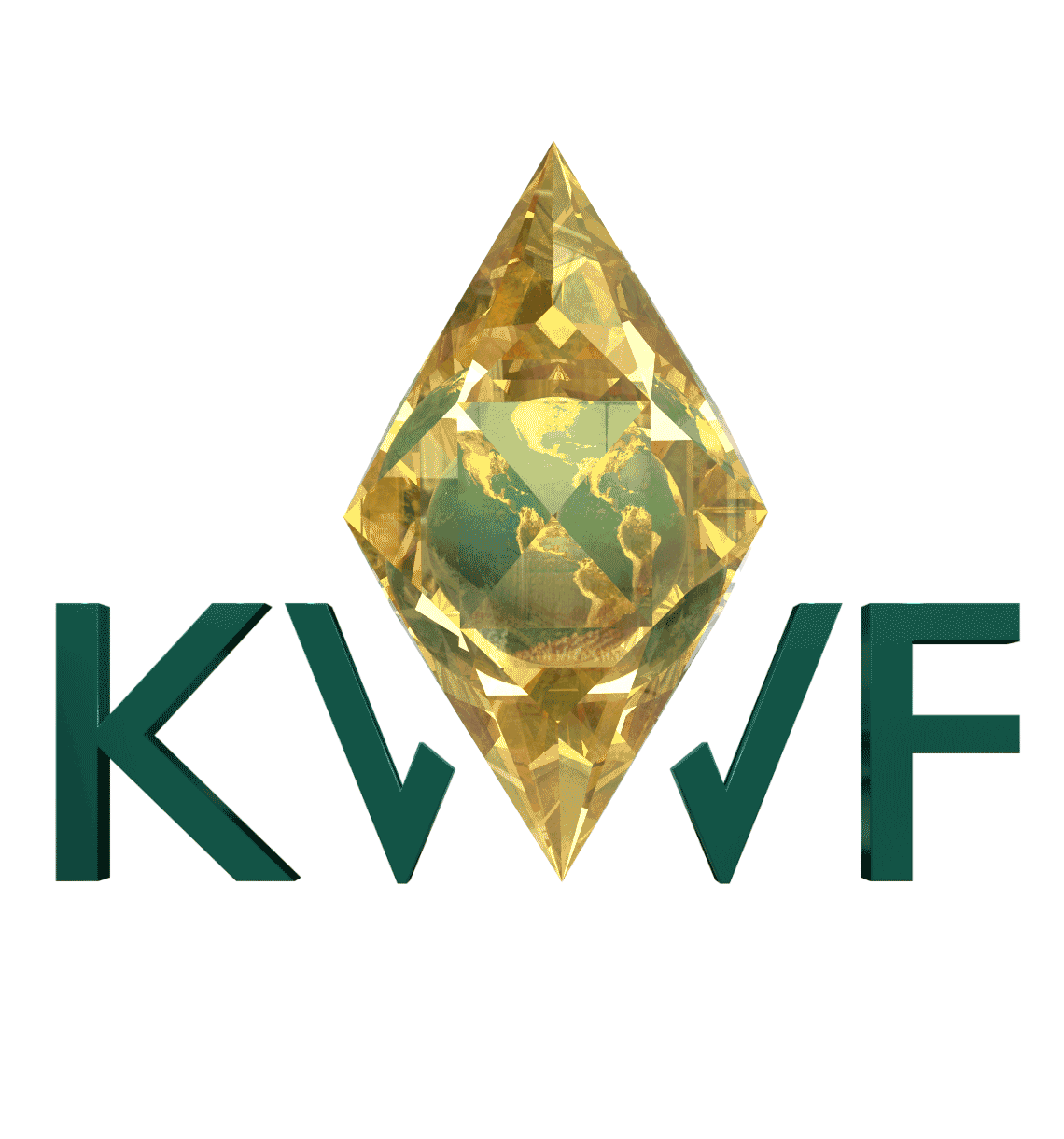

Desktop Application - Wildlife Portal
Desktop Application will help biologist detect and identify camera trap data quickly and efficiently.
Biologists dedicated to the conservation of endangered species, particularly the elusive snow leopards in the Himalayas, leverage state-of-the-art camera trap technology through the Wildlife Portal Desktop Application. This innovative tool facilitates an in-depth exploration of the leopards' habitat, lifestyle, prey preferences, and behavior across vast study areas ranging from 600 to over 1000 square kilometers, often characterized by challenging and treacherous terrain.
The Wildlife Portal Desktop Application plays a pivotal role in assisting conservationists as they strive to develop cutting-edge strategies for the protection and preservation of some of the world's most endangered species and their habitats. Strategically positioned camera traps capture an abundance of images, forming the basis for comprehensive observations. However, the subsequent task of reviewing and labeling these images is traditionally labor-intensive, spanning months.
To revolutionize and expedite this critical process, the Wildlife Portal Desktop Application incorporates advanced artificial intelligence, specifically utilizing the YOLOv8 model. Through rigorous training on thousands of images featuring diverse animal species, the application achieves an exceptional accuracy rate of 87% or higher in the detection of wildlife species from camera trap data.
Developed by KwF, the Wildlife Portal Desktop Application stands as a cutting-edge solution poised to significantly reduce the time required by snow leopard biologists for detecting and identifying wildlife species within camera trap data. With its user-friendly interface and unparalleled accuracy using YOLOv8, this powerful desktop application promises to revolutionize the analysis phase, providing conservationists with an efficient and effective means of safeguarding the world's endangered species and their habitats.
Project Numbers
1000
The camera trap study areas can range up to 1000 square kilometers.
10K
Each study can have an upwards of 10,000 photos for biologists to sort through.
4
It can take biologists 4 months to process all the images.
Project Gallery




